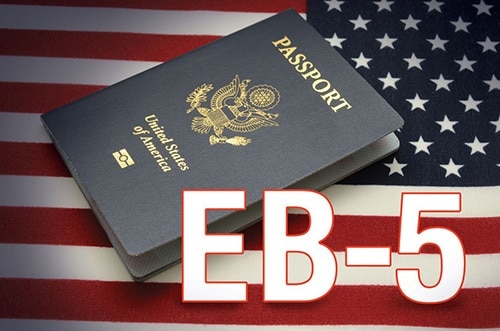The EB-5 Immigrant Investor Program is a US immigration program that allows foreign investors to become permanent US residents by investing in job-creating projects in the United States. For many, it’s a great way to gain access to the US and its benefits.
But how does the process work? Let’s explore the steps needed to invest in an EB-5 Green Card.
Step 1 – Qualifying for an EB-5 Visa
The first step is determining if you meet the requirements for an EB-5 visa. To qualify, you must have invested or be in the process of investing at least $1 million into a new commercial enterprise in the US (or $500,000 if investing in certain targeted employment areas). Additionally, you must demonstrate that your investment will create full-time jobs for at least 10 American workers.
Step 2 – Selecting an Investment Project
Once you’ve determined that you are eligible for an EB-5 visa, the next step is selecting an investment project. There are many options available, from real estate development projects to manufacturing plants or even service businesses such as restaurants and hotels. It’s important to choose a project that meets your needs and fits within your budget.
Step 3 – Making Your Investment
Once you’ve selected your project, it’s time to make your investment. This can be done through either direct investment or regional center investment. With direct investment, you must manage all aspects of your business yourself; with regional center investment, you can invest in pre-approved projects managed by experienced professionals who will handle all of the details on your behalf.
Step 4 – Filing Your Immigrant Petition
The final step is filing Form I-526 with USCIS and submitting all necessary supporting documents (including evidence of job creation). Once filed, USCIS will review your application and determine whether or not you meet their requirements for approval. If approved, you will receive conditional permanent residency status based on your investments and job creation activities.
Step 5 – Removing Conditions
After two years of receiving conditional permanent residency status, investors must file Form I-829 with USCIS to remove their conditions and receive full permanent residency status in the United States—a critical step that should not be overlooked!
After these five steps are complete, eb-5 investors will have received their green card and can enjoy all of the benefits that come along with being a lawful resident of the United States!



